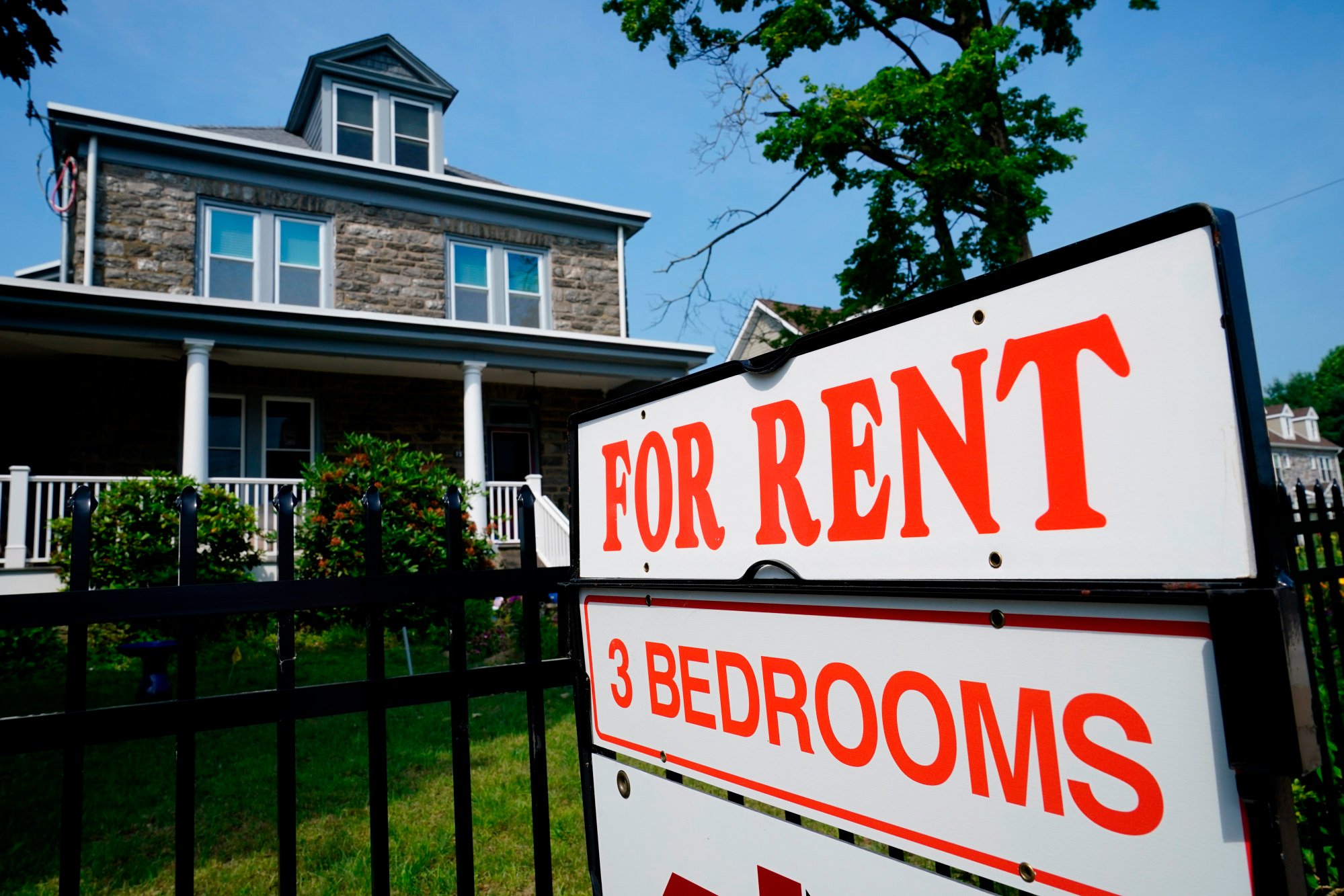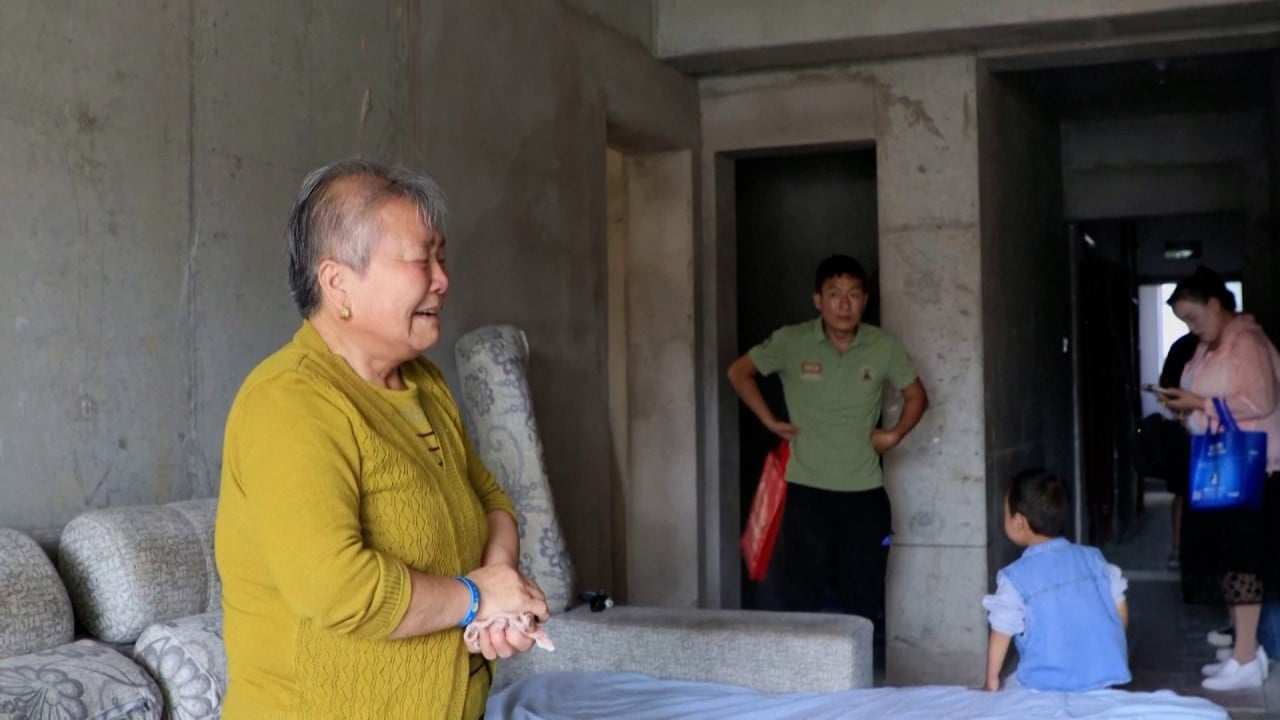
Could Asia’s home rental market be the next big thing for investors?
- The emerging sector of multifamily properties is offering many untapped opportunities – especially in China, where catalysts for the institutionalisation of its rental housing market have coalesced in recent years
Global commercial property investment markets are a hodgepodge of divergent themes and trends, a function of countries’ differing levels of development and maturity. In the United States, the office sector accounted for just 19 per cent of transaction volumes over the past six years, compared with 76 per cent in India and 54 per cent in China, data from JLL shows.
The differences are starker when it comes to multifamily, or build-to-rent (BTR) properties. These are apartments in city centres, purpose-built for the private rental market, that are professionally managed and leased to a variety of tenants.
In the US, the living sector (which also includes student housing and single-family rental homes in suburban areas) has constituted 41 per cent of investment activity since 2018. Even among advanced economies, this is far and away the largest share. In Britain, the proportion is 17 per cent, according to JLL.
In the Asia-Pacific region, the living sector is just beginning to emerge. With the exception of Japan – by far the most mature multifamily market in the region, with the sector comprising 13 per cent of transaction volumes in the past six years – it is in its infancy, accounting for just 1-3 per cent of deals in Australia, India and China.
Yet, the absence of an institutionalised private rental market in most of Asia is part of the attraction for investors. Over the past several years, the push to deploy capital in the sector has increased sharply. Untapped opportunities across the region provide a way for global funds to increase their allocations to multifamily real estate, a resilient asset class providing stable rental income, high occupancy rates and protection against inflation due to shorter leases.
A confluence of factors – structural tailwinds stemming from demographic and lifestyle changes, housing affordability issues, and a deterioration in sentiment towards offices since the pandemic erupted – have led to a significant increase in fundraising and site acquisitions in Asia’s multifamily sector.

In a sign of how eager investors are to gain exposure, Japanese investors – who have a reputation for being risk-averse – are teaming up with Australian developers to help fund the development of BTR schemes in Sydney and Melbourne. Not only does this indicate institutional investors are becoming more comfortable underwriting investments in the nascent sector, it suggests capital raising and transaction activity are at a crucial inflection point.
Emily Relf, head of living sectors, Asia-Pacific, at Knight Frank, said that “the next decade will be transformational. We have barely begun to scratch the surface of the potential [of Asia’s multifamily investment market].”
While Australia is attracting more interest among global investors and developers, China is the big opportunity in the long term. Important catalysts for the institutionalisation of the nation’s rental housing market have coalesced in recent years.
CBRE says there are opportunities for investors to significantly increase rental income by converting grade B office buildings into multifamily apartments, especially in Shanghai. It also notes multifamily property transactions in China are picking up, with more investment activity in the first three-quarters of 2023 than in the previous two years combined.
Asia real estate: why 2024 can be a year of resilience and strength
Callum Young, CBRE’s executive director of capital markets, Asia-Pacific, said his firm were “big believers” in the long-term potential of multifamily real estate in China. “The biggest frustration [for investors] is scalability as the pace of development is slower than they would like,” he said.
Indeed, the multifamily sector could be the holy grail of Asia’s commercial property investment market. While the opportunities are vast, questions abound about the ability and willingness of investors to deploy capital.
Part of the reason government support for the sector has fallen short of expectations is because multifamily properties are not a panacea for unaffordable housing markets.
Development pipelines are tiny. JLL notes that if every Australian BTR apartment in the pipeline in the next five years is built, this would still only constitute 10 per cent of the average supply over a five-year period. Moreover, while a sharp increase in supply could help put downward pressure on rents, the current batch of BTR schemes consists of amenity-rich premium properties in highly desirable locations, doing little to address the problem of unaffordable housing.
Furthermore, the sector is emerging when interest rates have risen steeply and construction costs have soared, increasing development risks. This adds to concerns among investors about the profitability of multifamily real estate in less mature markets in Asia. Restrictive zoning and planning laws that stymie the development of higher-density housing sow further doubts about the sector’s prospects.
However, the experience of Japan engenders optimism about the growth of an institutionalised rental housing market in Asia. “Tokyo is perceived as an expensive city, but in some wards there are multifamily properties at different price points in the same location,” said Joel Rothstein, chair of Asia real estate practice at Greenberg Traurig.
Asia’s nascent multifamily property market faces a long and bumpy road ahead. But there are increasing signs that it could be the next big thing in Asian property.
Nicholas Spiro is a partner at Lauressa Advisory



